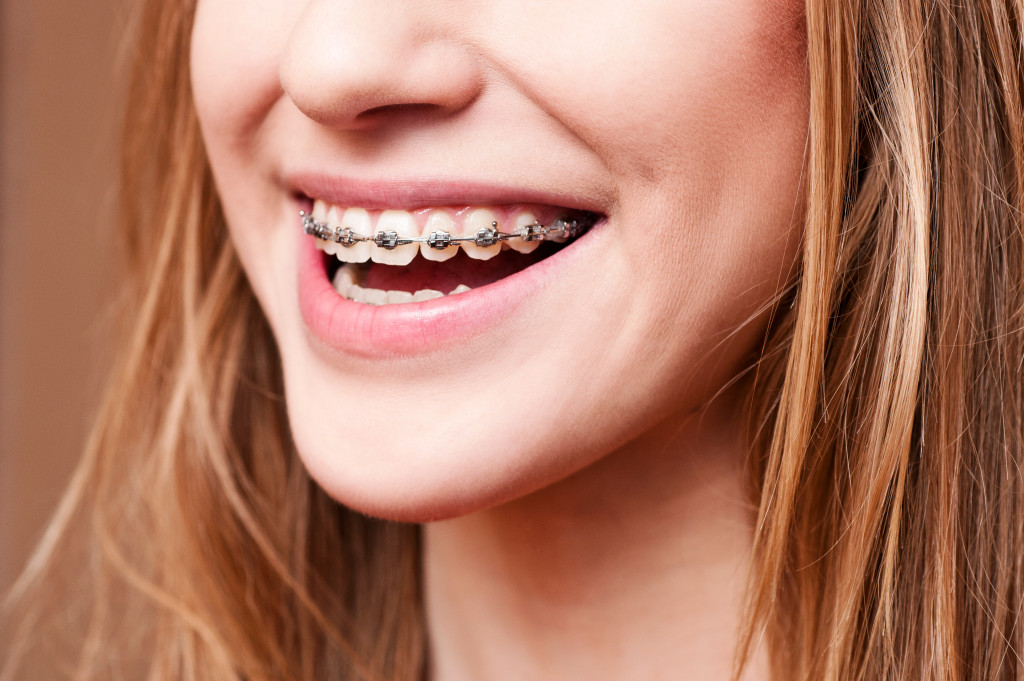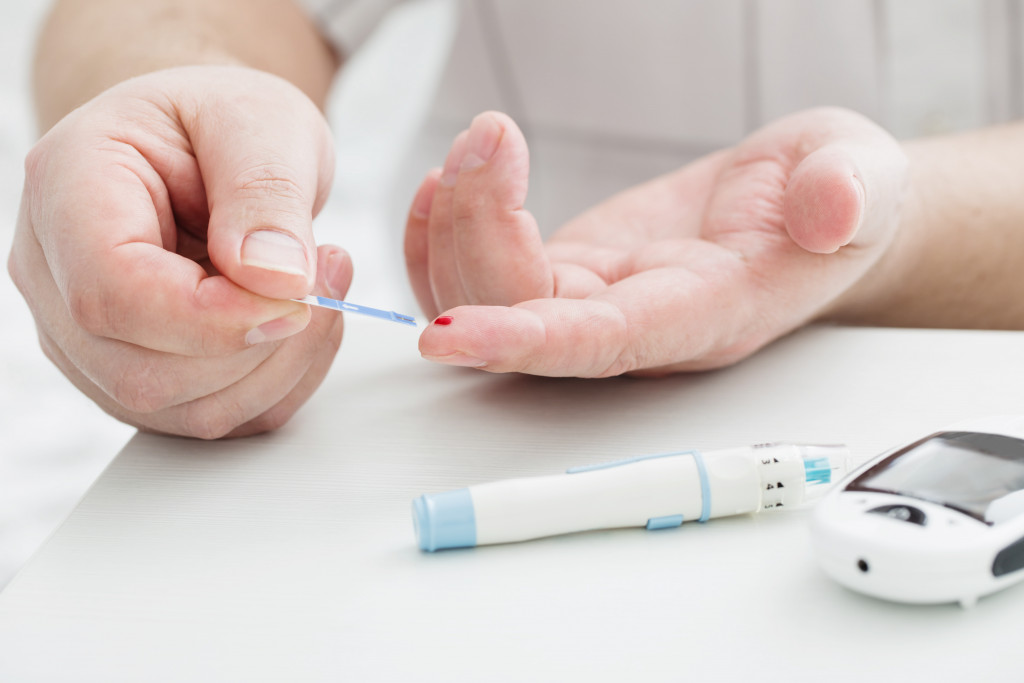Hyperdontia is a condition that results in individuals having more teeth than usual. This can affect both the number and size of teeth and cause problems with chewing, speaking, and smiling. While the cause of Hyperdontia is unknown, treatment options are available.
What is Hyperdontia?
Hyperdontia is a condition that results in individuals having more teeth than usual. This can affect both the number and size of teeth and cause problems with chewing, speaking, and smiling. In some cases, people with Hyperdontia may have as many as 40 teeth, while others may have just a few extra teeth. The condition can affect both primary (baby) teeth and permanent (adult) teeth. Hyperdontia can be a cosmetic concern, but it can also lead to more serious problems, such as crowding teeth and difficulty chewing.
Types Of Hyperdontia
Hyperdontia, though rarely causing discomfort, can result in complications leading to pain and swelling. In these cases, some people feel dental anxiety due to their condition. Depending on their shape or location within the mouth, extra teeth are distinguishable as:
Supplemental
The tooth’s shape closely resembles that of its neighboring teeth in structure.
Tuberculate
The tooth resembles a barrel or tube in form.
Compound odontoma
An array of small, conical protrusions fuse to form the complex structure known as a tooth.
Complex odontoma
Instead of a solitary tooth, an area composed of similar dental tissue grows in a scattered assemblage.
Conical or peg-shaped
At the base, this tooth is wide and tapers to a point near its crown, creating an eye-catching sharpness.
A dental health guide also classifies this oral health condition in terms of the location of the extra teeth.
Paramolar
The paramolar is an extra tooth sprouting in the back of the mouth. It is nestled snugly between one of your molars and its neighboring teeth. This out-of-place tooth disrupts the alignment, which can be uncomfortable for some individuals.
Distomolar
An additional tooth will appear in tandem with your other molars instead of between them. This refers to a supplementary tooth sprouting directly behind the molars – those bulky and smooth teeth situated at the rear of your mouth.
Mesiodens
Behind or around your incisors—the four flat teeth in the front of your mouth used for biting—an additional tooth may grow. This is the most typical occurrence of hyperdontia, a dental condition characterized by excess teeth.
What Causes Hyperdontia?
The exact cause of Hyperdontia is unknown. However, the condition appears to be hereditary, meaning it can run in families, including:
Gardner’s Syndrome
Gardeners’ syndrome is a condition that results in the growth of extra body hair, benign tumors, and, in some cases, Hyperdontia.
Cleidocranial Dysplasia
Cleidocranial dysplasia is a genetic condition that can cause abnormal development of the bones and teeth. People with this condition may have more teeth than usual, often resulting in up to 42 teeth.
Ectodermal Dysplasia
Ectodermal dysplasia is a group of conditions that affect skin, hair, and nail development. In some cases, people with ectodermal dysplasia may also have Hyperdontia.
Cleft Lip and Cleft Palate
Cleft lip and cleft palate are congenital disabilities that result in a split or opening in the lip or roof of the mouth. People with these conditions may also have Hyperdontia, although they will often have fewer teeth than usual.
Symptoms of Hyperdontia
The most common symptom of Hyperdontia is the presence of extra teeth. These teeth may be visible in the mouth or buried underneath the gums. Additionally, people with Hyperdontia may experience Crowding of teeth and difficulty chewing. The extra teeth can erupt through the gums and cause pain and swelling in some cases.
Diagnosing Hyperdontia
If you are concerned that you or your child may have Hyperdontia, see a for an evaluation. Your teeth will be examined, and take detailed x-rays to determine whether any additional teeth are present. They will also ask about your family history to see if there is a genetic component to your condition. Diagnosis of Hyperdontia is essential as it can help to determine the best course of treatment.
Treatment for Hyperdontia
Treatment for Hyperdontia will depend on the severity of the condition and any related symptoms. In milder cases, removing one or more teeth may be recommended to prevent overcrowding. If a tooth is impacted, it may also need to be removed. Visit an experienced dentist who may also recommend orthodontic treatment for individuals with Hyperdontia to address crowding and other cosmetic concerns. Treatment includes:
1. Braces

Braces can be used to correct the alignment of teeth and prevent overcrowding. This can help alleviate any symptoms related to Hyperdontia, such as difficulty chewing or speaking.
2. Dental Implants
Dental implants are artificial tooth root replacements that are placed in the jawbone. If you have lost one or more teeth due to Hyperdontia, dental implants can be used to restore your smile.
3. Tooth Extraction
Tooth extraction is a surgical procedure that involves removing one or more teeth from the mouth. This may be recommended if you have crowding of teeth or impacted teeth.
In more severe cases, surgery may be necessary to remove extra teeth.
For individuals with severe Hyperdontia, surgery may be necessary to remove extra teeth. There are two main types of surgery used in the treatment of Hyperdontia:
Exodontia
This procedure involves the removal of teeth that are already erupted (visible in the mouth).
Odontectomy
This procedure involves the removal of teeth that are impacted (stuck beneath the gum line).
After surgery, it is important to practice good oral hygiene and see a doctor regularly to prevent infection and other complications.
Other Popular Hyperdontia Treatment Methods
Depending on their type, position, and effect on adjacent teeth, hyperdontia treatment may not be required. In such cases, your dentist will carefully monitor the situation while taking periodic X-rays as necessary.
However, if the extra teeth are causing complications or discomfort in your mouth, it’s best to seek a dental appointment to check the oral health issue. The dentist may recommend removing them due to the following conditions:
- If you notice additional teeth that weren’t there before, it could indicate an underlying genetic condition.
- If your mouth is crowded with extra teeth, it can impede the ability to chew effectively and even cause lacerations when you do.
- If you have additional teeth and struggle to brush or floss correctly, the risk of tooth decay and gum disease increases significantly.
- Removal is a solution if your additional teeth are causing you insecurity or embarrassment.
- Removal is ideal if the condition prevents the shifting of an adjacent tooth or maintains it in its current situation.
- If the condition complicates other oral treatment processes, such as wearing braces
- If it results in the development of cysts or harm to neighboring teeth roots, it can be cause for concern.
- If it impedes the success of a bone graft or implant placement, it should be considered carefully.
- Removal may be necessary if the condition hinders the eruption of permanent teeth or causes any harm to unerupted adult teeth.
- If the condition results in other teeth decaying because of their location or shape, supernumerary teeth may be causing a problem.
Most mesiodens is symptomless and harmless, yet many individuals elect to have them extracted due to their aesthetic appeal, orthodontic purposes, or potential pathology. This is especially true if the extra teeth are at the maxillary central incisor area.
Traditional removal involves using bone chisels. However, piezoelectric ultrasonic bone surgery is much more effective and beneficial—especially when surgical intervention is necessary. While this procedure may be lengthier than its counterpart, it tends to reduce post-operative bleeding and associated complications significantly.
Hyperdontia is a condition that affects the number of teeth in an individual’s mouth. It can cause complications, discomfort, and even anxiety for those affected. Depending on its shape, location, or type, hyperdontia treatment may be necessary to prevent further damage from occurring or to improve aesthetics or comfort levels.
Traditional removal methods are still used, but more advanced techniques like piezoelectric ultrasonic bone surgery have significantly reduced post-operative bleeding with fewer associated risks. Regardless of your chosen method, consulting your dentist is always recommended before deciding to treat hyperdontia.
Living with Hyperdontia
Hyperdontia can be a cosmetic concern, but it can also lead to more serious problems, such as Crowding of teeth and difficulty chewing. If you have Hyperdontia, it is important to see an orthodontist regularly to ensure that your teeth are healthy and to prevent any further complications. With the right treatment, you can manage your condition and live a healthy, happy life.
If you are concerned that you or your child may have Hyperdontia, talk to your orthodontist today to learn more about diagnosis, treatment, and living with this condition. By working with a skilled practitioner and following all of their recommendations, you can manage your symptoms and live a healthy, happy life.
Frequently Asked Questions
1) Is hyperdontia genetic?
Yes, hyperdontia can be a genetic condition that is passed down from one generation to the next. It can also arise from an endocrine disorder such as diabetes or thyroid problems. But there are some cases when the cause is unclear.
2) What syndrome causes hyperdontia?
Hyperdontia can be caused by various syndromes, including Gardner’s syndrome, Ellis van Creveld syndrome, Trichorhinophalangeal syndrome, and Nance-Horan syndrome. It may also be caused by dental trauma or injury.
3) Can hyperdontia be cured?
Hyperdontia can be treated! In some cases, additional teeth will not require treatment. But, if treatments are needed to reduce the risk of complications or discomfort, your dentist may suggest removing them.
4) At what age of children does hyperdontia occur?
Hyperdontia can occur in children of any age. But, it is more likely to affect those between the ages of 7 and 12.



